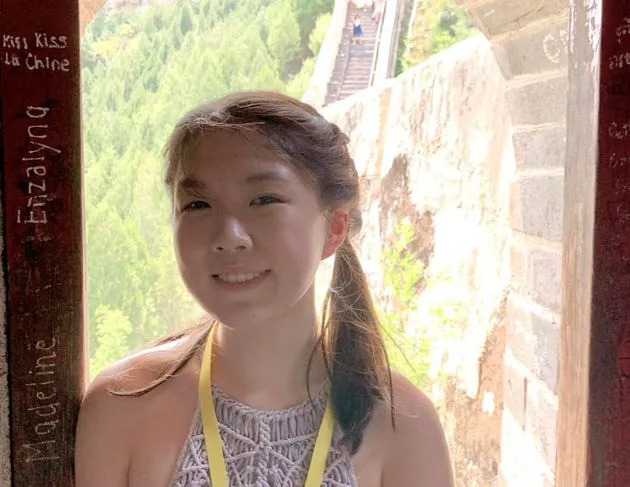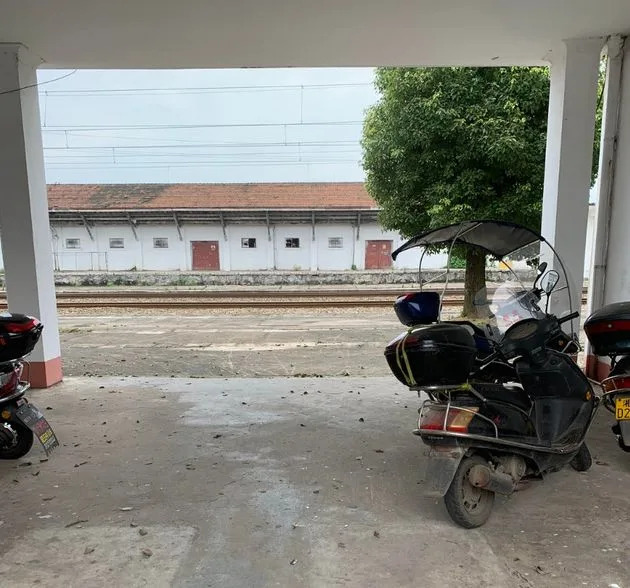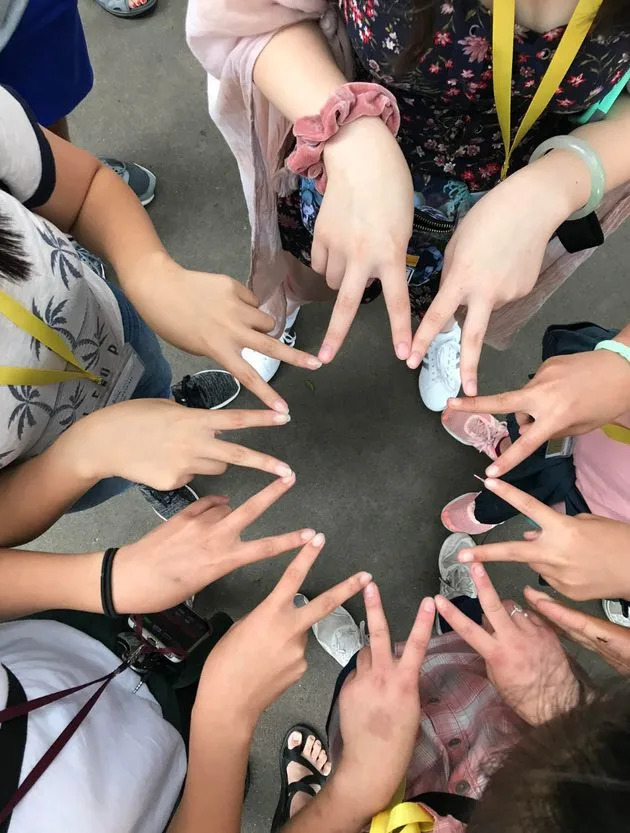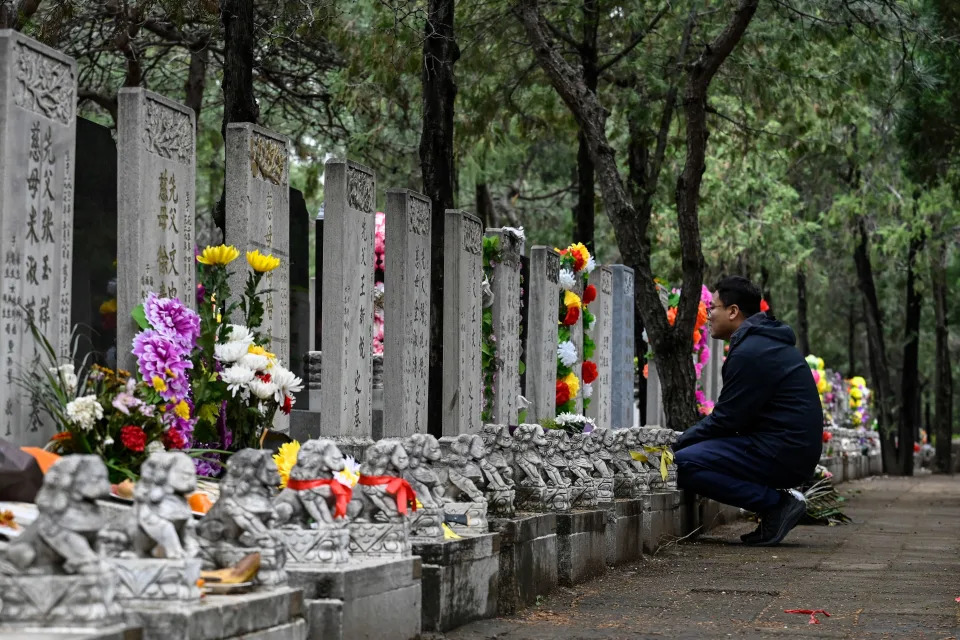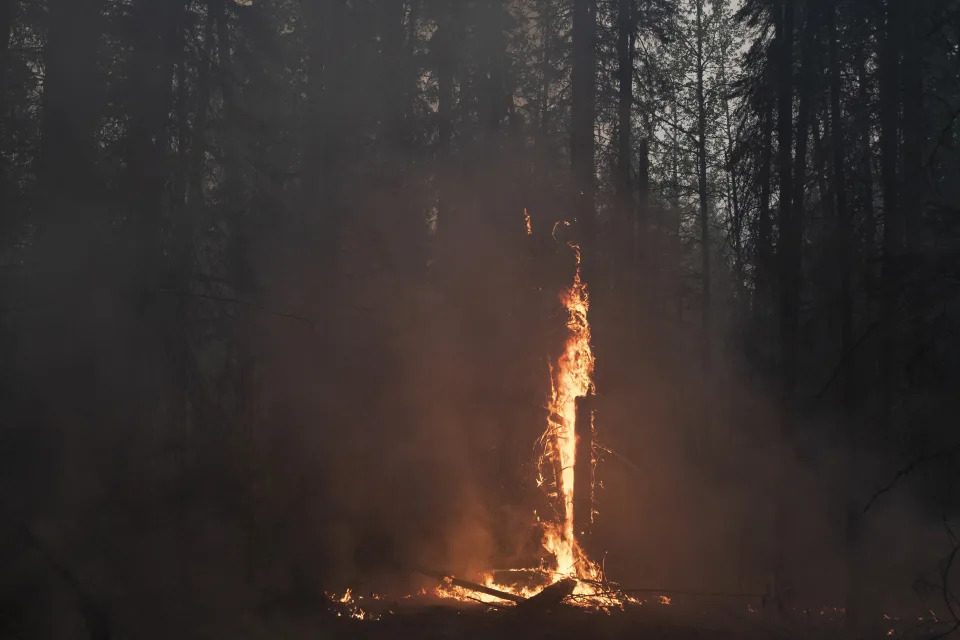Story by Henry Milner, Research Fellow, Electoral Studies, Political Science, Université de Montréal •

Police officers take cover during an anti-gang operation in Port-au-Prince, Haiti, in April 2023, a day after a mob in the Haitian capital pulled 13 suspected gang members from police custody at a traffic stop, beat and burned them to death with gasoline-soaked tires.
“Things are now at a breaking point. This crisis will not pass.”
So said Jean-Martin Bauer, the Haiti director of the United Nations World Food Program, in December 2022.
He was correct. The situation in Haiti has been deteriorating badly over the past few months. Hundreds of people have been killed across metropolitan Port-au-Prince by armed gangs seeking to assert their authority, while half of the Haitian population — approximately 4.7 million people — faces acute hunger.

Malnourished young children rest and play in a malnutrition stabilization centre in Port-au-Prince, Haiti, in January 2023.
The State Department in the United States has cited “credible reports of unlawful or arbitrary killings; torture or cruel, inhuman, or degrading treatment or punishment by government agents…as well as…widespread civilian deaths or harm, enforced disappearances or abductions, torture, and physical abuse.”
Helen La Lime, Special Representative of the UN Secretary-General for Haiti, warned of kidnappings every six hours in 2022. She said that without the deployment of an international specialized force, any progress in Haiti “will remain fragile and vulnerable to being reversed.”
UN Secretary-General António Guterres recently reaffirmed “the urgent need for the deployment of an international specialized armed force.”
So where’s Canada?
Abject poverty
Haiti, a country of 11 million people, shares the island of Hispaniola with the Dominican Republic, where I spend my winters. From there I continue to have regular contact with Haitians who have fled their country.
Haiti is the poorest country in the Western Hemisphere. Its estimated annual GDP per capita is US$1,829 compared to US$18,626 for the Dominican Republic.
In the mid-20th century, the economies of the two countries were comparable. Since that time, the Haitian economy shrank, partly due to external factors like earthquakes but also ineffectual and corrupt leaders, notably dictators Papa Doc Duvalier and “Baby Doc.”
There are widespread fears in Washington and among Haiti’s Caribbean neighbours that without external intervention, the social devastation in Haiti could destabilize the entire region and that its implosion will produce a flood of people seeking to escape repression, violence and unspeakable social misery.

A woman poses for a photo outside her makeshift home built after gangs set her home on fire in Port-au-Prince, Haiti, in April 2023.© (AP Photo/Odelyn Joseph)
Related video: Pathways to Prosperity Haitian Heritage Month (WPBF West Palm Beach)Duration 4:42 View on Watch
When it comes to the UN’s call for a specialized support force, Canada’s reputation as an impartial peacekeeper makes it an obvious candidate. Canada has good relations with the countries in the region that are ready to support such a mission, and its historical record of relations with Haiti is mixed rather than mainly negative, like that of the U.S. and France.
During his visit to Ottawa in March, however, U.S. President Joe Biden failed to persuade Prime Minister Justin Trudeau to send Canadian soldiers to Haiti.
Instead, Canada promised another $100 million in new aid and equipment for the Haitian National Police, some of which may end up in the hands of gangs.
In late fall, Canada deployed two navy ships to patrol Haitian waters. Georges Michel, a Haitian historian who helped write the nation’s 1987 constitution, had this response:
“When Canada sent a plane and a boat to fight against the insecurity, the population laughed. We don’t have problems with the birds or the fish.”
Media antipathy
Meanwhile, the Canadian media is largely ignoring the situation in Haiti. News outlets in Québec, with its large Haitian diaspora, pay a bit more attention, but typically turn to Haitian “experts” who rule out any proposed solutions that aren’t coming from Haitians themselves.
But any observer of what’s happening on the ground knows that solutions cannot come from within. The fact that interventions failed in the past is no excuse for inaction, but instead offers lessons on avoiding prior mistakes.

A Haitian boy holds onto his father as they approach an irregular border crossing staffed by the RCMP, near Saint-Bernard-de-Lacolle, Québec, in 2017.© (AP Photo/Charles Krupa)
This attitude reinforces the reluctance to consider taking on a dangerous mission. No one seems opposed to more Canadian soldiers being sent to Latvia as the war in Ukraine rages on, but support for taking on armed gangs in Port-au-Prince will have to be won.
What needs to happen
A report in December 2022 by the International Crisis Group, a transnational, non-governmental organization, sets out the challenges facing a military intervention in Haiti. It reads:
“The collapsing Haitian state and the severity of the humanitarian emergency justify preparations for a mission…Its deployment should hinge on adequate planning to operate in urban areas and support from Haiti’s main political forces, including their firm commitment to work together in creating a legitimate transitional government.”
Since the urban gangs are divided, such a force could enable life in gang-controlled areas to return to something closer to normal. But alternate institutions take time to build, meaning the gangs could return once the intervention is over.
There will need to be a simultaneous effort to liberate territory in regions close to the Dominican Republic where the gangs are relatively weak. That’s also where the task of rebuilding functioning political and economic institutions could be undertaken.
Short of an intervention, sooner or later the border situation with the Dominican Republic will explode.
When will Canada act?
This article is republished from The Conversation, a nonprofit news site dedicated to sharing ideas from academic experts.
Read more:
Haiti’s president assassinated: 5 essential reads to give you key history and insight







